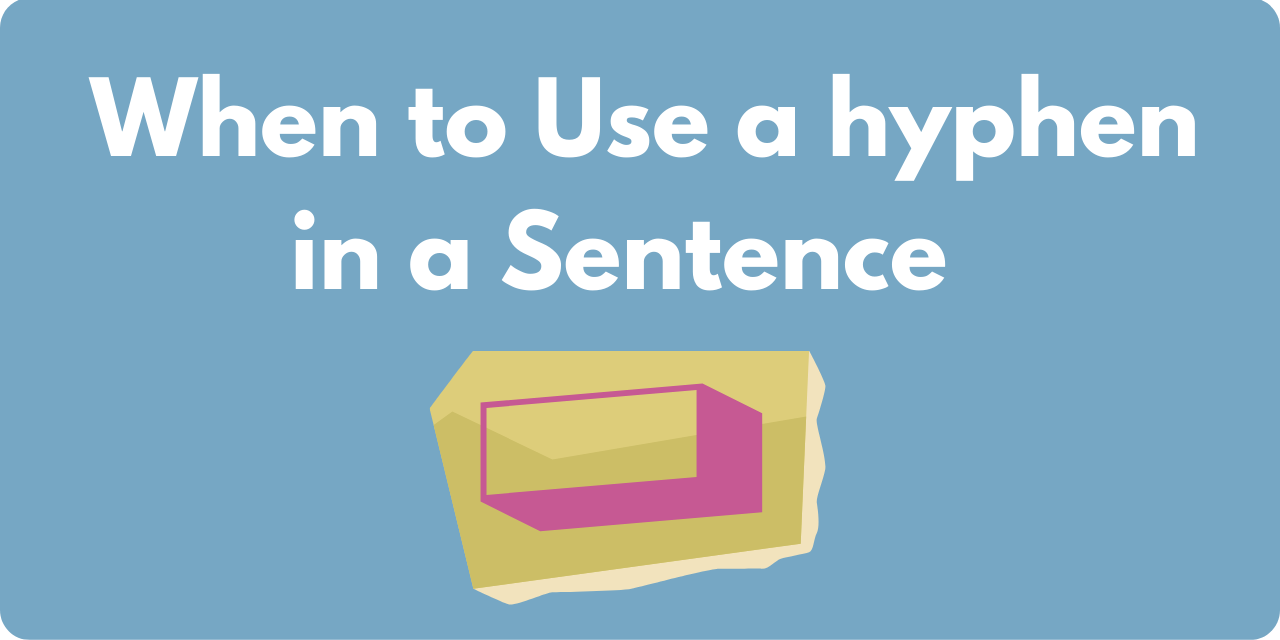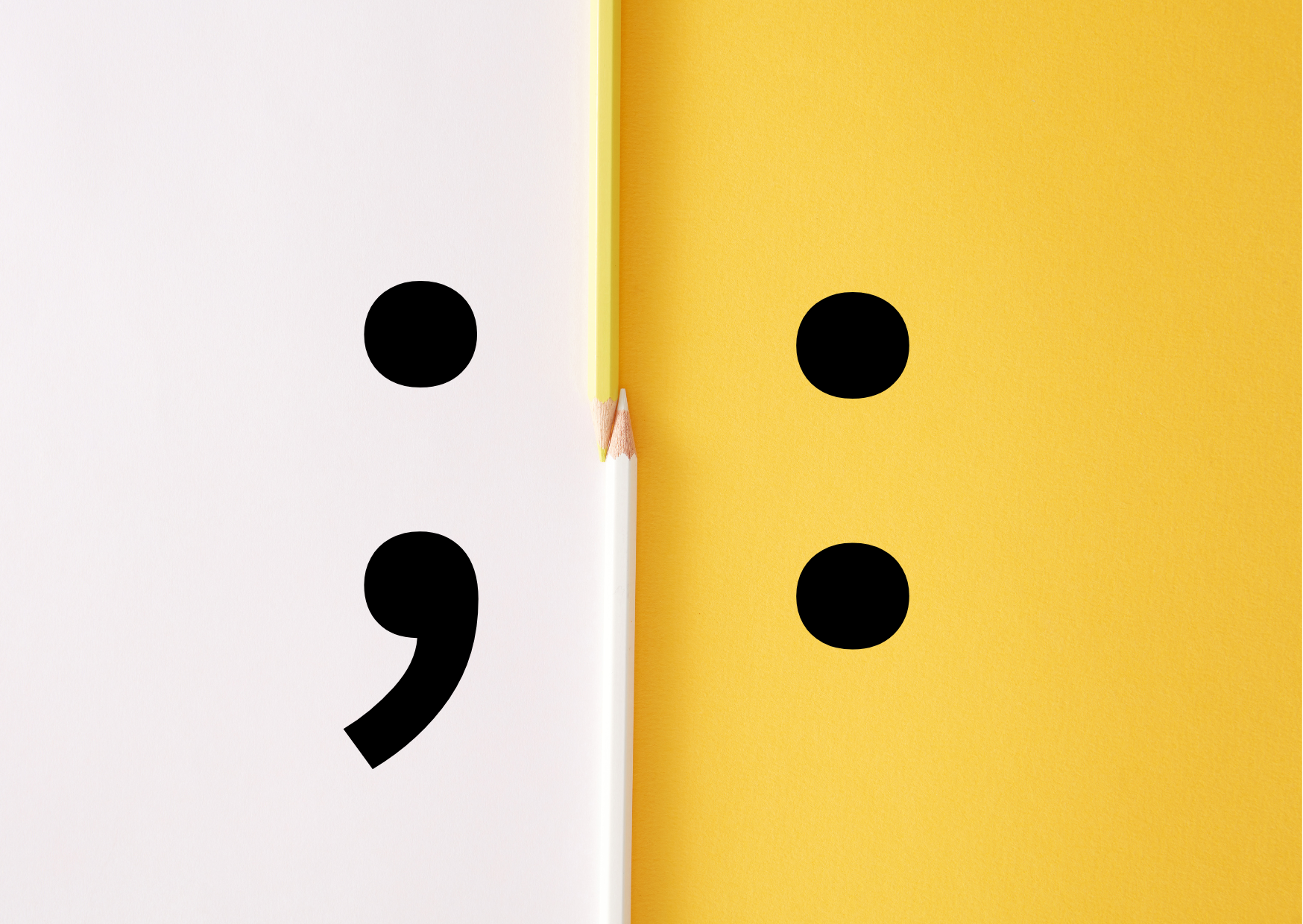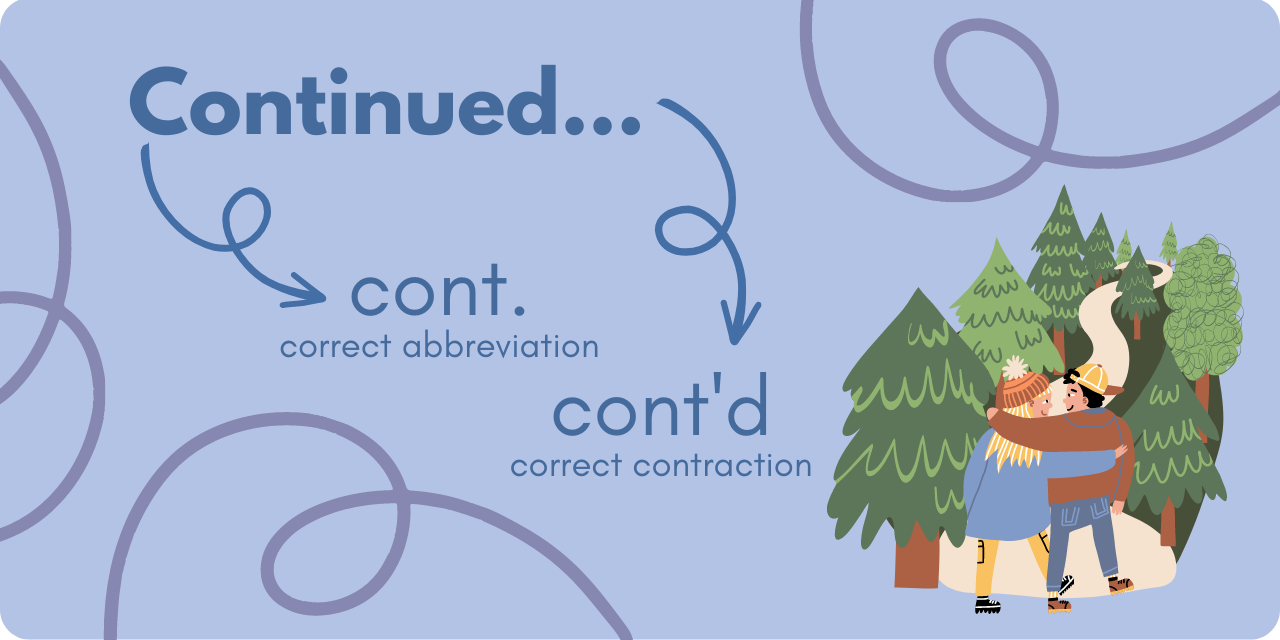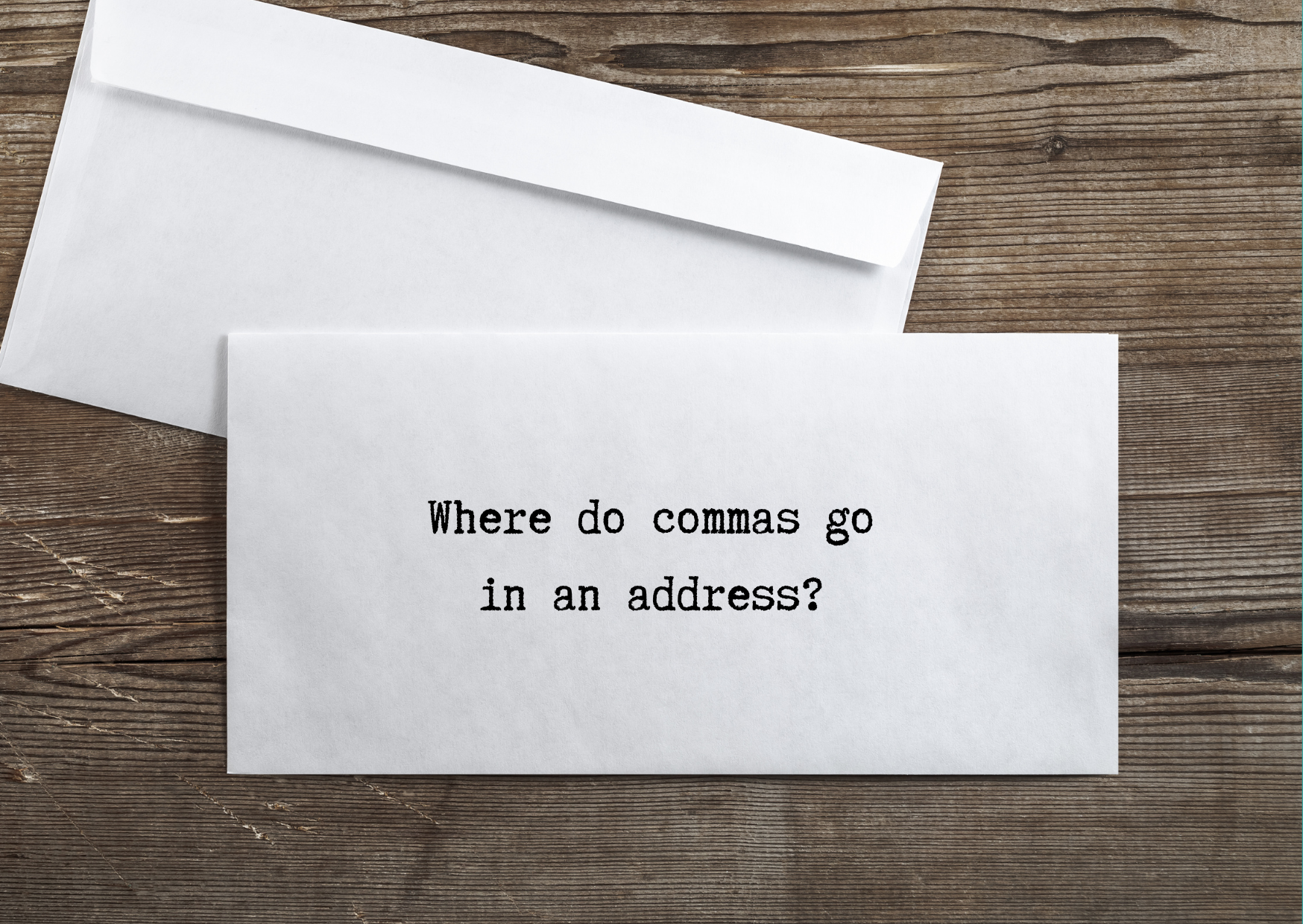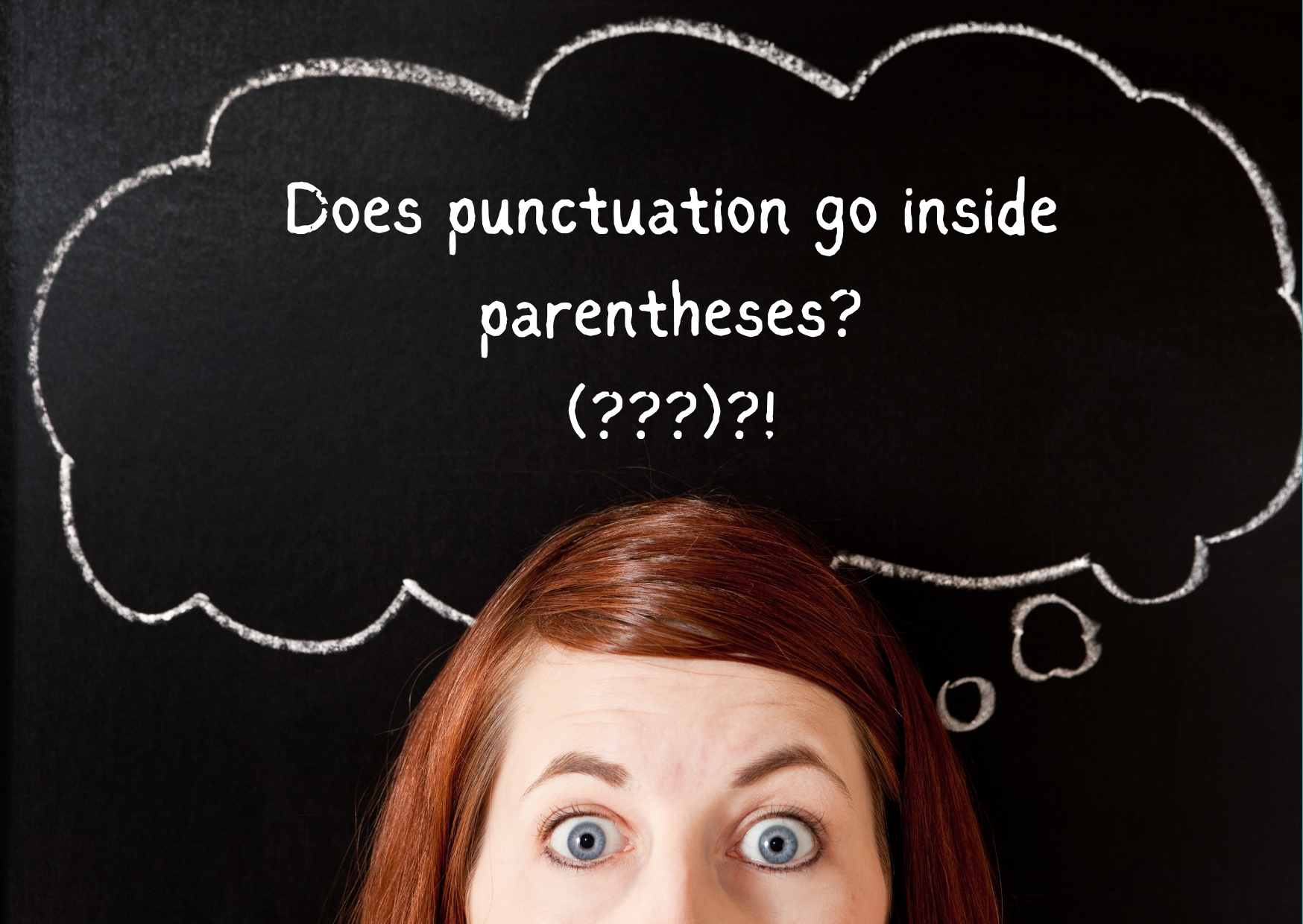Do commas go inside quotation marks? Well, when it comes to quotation marks, double or single, and where to put punctuation marks in relation to quotes, outside or inside, there are two systems: the British and the American.
In the British system, primary quotation marks are single, while quotations within quotations, are double. Essentially, this is the opposite of our system here in the US.Additionally, periods and commas are intuitively go outside quotation marks, instead of inside.
For the sake of this article however, we will concentrate on the American system, where single quotations are used as the primary quotation marks and double for a quote within a quote. And where punctuation marks go inside quotes (for the most part).
Punctuation Marks in Quotes
Rule 1
According to the American system, you have to insert commas and periods inside the quotation marks. For example:
“Walk to the corner right,” she explained to the postman, “and then turn left.”
Lydia exclaimed, “I have just finished reading ‘Pride and Prejudice.’”
Remember that periods and commas are placed inside quotation marks even if only the last word of the sentence is in quotation marks and even when there are single quotation marks inside of double. For example:
Everywhere we searched we found signs that said “Closed.”
That night he wrote in his blog: “Everywhere we searched we found signs that said ‘Closed.'”
Rule 2
Exclamation marks and question marks can go either outside or in, depending on the meaning behind the sentence in your quotation. For example:
The woman screamed at her son, “Stop playing with the glassware!”
What did you do when Jack said, “I can’t have dinner with you today”?
In the first example, the phrase that is being exclaimed is in quotation marks. Therefore, the exclamation mark is contained within the quote. However, in the second example, the larger sentence is the question, therefore the question mark is placed outside.
Quotation Marks Other Than Those That Indicate Dialogue
Anytime quotation marks are used (again, we are talking about the American system here), commas and periods are placed inside the quotation marks, while colons and semicolns always go outside.
For example, when using titles:
This month’s issue of The New Yorker includes articles titled “Approaching the End of the American Pandemic,” “A New Political Era,” and “The Price of a New York City Cop.” As you can see, the commas that separate the titles are kept inside the quotation marks.
Periods and commas are also placed inside quotations in other situations. For example: to suggest that a word is being used ironically or in a special sense, to show that a word is being referred to as a word, or to mark the word’s definition:
- The elephant “snacks” on a few dozen of dozen kilos of fruit and bark.
- The Latin word “amare” means “to love,” “to like.”
- Kevin constantly sprinkles in “you know what I mean?” in his conversations.
- When lottery ticket holders break even, they are still counted as “winners”; skewing the statistics about the odds of winning.
Note that in the example about the Latin word amare, the word could have been also set in italic type, as we did in this sentense.
Its also worth noting that using italic or underlining – not quotations marks – are the better choice to emphasize a word. You don’t want to be that person that overuses quotation marks (or heavens forbid, overuses air quotes when speaking).
Test Yourself: Which Punctuation Marks Go At The End Of The Phrase?
- Kevin asked Katy, “Will you marry me”
- Did Katy say to Kevin, “We can get married in July”
- The librarian whispered to us, “The sign on the wall says ‘Quiet’”
Answers
- Kevin asked Katy, “Will you marry me?”
- Did Katy say to Bill, “We can be married by July”?
- The librarian whispered to us, “The sign on the wall says ‘Quiet.’”
For more punctuation pointers, check out our archives.

